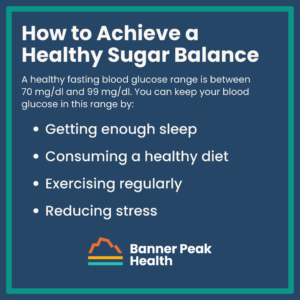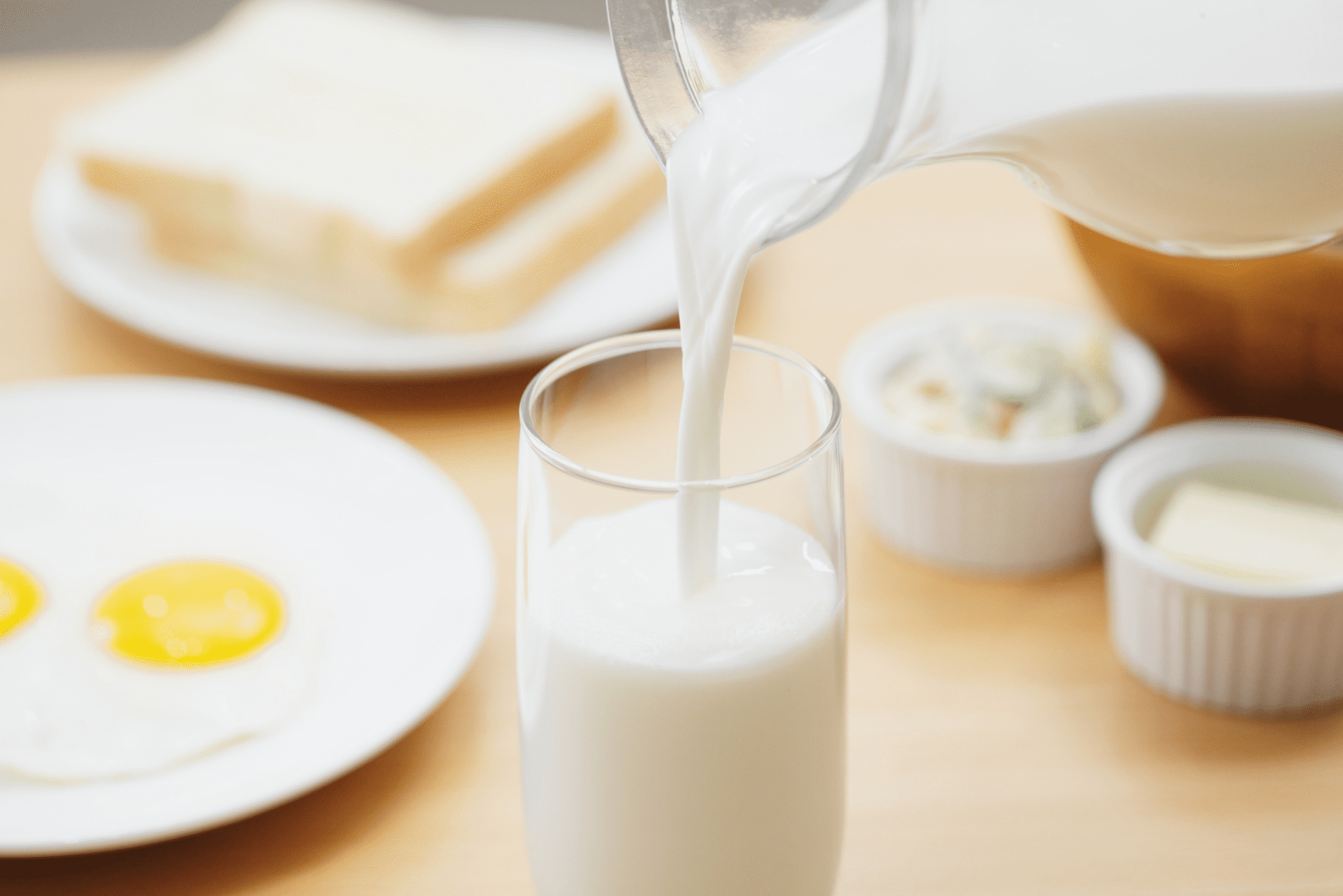Sugar can cause all sorts of bad health outcomes, from cavities to diabetes to cardiovascular issues. But when we say “sugar balance,” what exactly do we mean?
There are two definitions:
- ACEVA created a popular supplement called “Sugar Balance” and marketed it to diabetics. In 2021, ACEVA received a warning letter from the FDA to cease unsubstantiated medical claims, as Sugar Balance didn’t meet the FDA’s requirements for diabetes treatments. Supplements like this are dangerous and misleading.
- The “sugar balance” we’re discussing in this post is the balance of glucose in your blood. This is not a DIY topic. If you experience elevated blood sugar, consult your doctor — he or she will come up with an individualized treatment plan.
Let’s explore sugars (natural and added) and how to achieve a healthy sugar balance.
What’s the Difference Between Natural Sugars and “Added” Sugars?
Natural sugars are sugars naturally found in foods. They’re ingested in complete foods with protein, fiber, etc., digested slowly, and converted into glucose by your body.
Added sugars are a part of food processing and are often high-fructose sugars derived from corn syrup. They’re added for taste, not nutrition.
Your body absorbs these sugars rapidly, leading to “sugar rise, sugar crash” cycles. The rapid rise, especially because of fructose, is associated with excess caloric deposition in the liver as fat, which can cause non-alcoholic fatty liver disease.
Since these calories aren’t associated with other nutrition, we call them “empty calories.”
Where Does Sugar “Hide”?
Sometimes, sugar hides in plain sight. Even foods we think of as “healthy” hide empty calories.
There are four calories in every gram of added sugar. Consider the following sugar amounts:
- Flavored yogurt: Up to 32 g in 6 oz
- Instant oatmeal: 10 to 15 g per packet
- Peanut or almond butter: 6 g per two tablespoons
- Granola bar: 8 to 10 g
- Canned fruit: Up to 26 g per cup
- Protein bar: Up to 22 g
Read those nutrition labels and pay attention to what you eat.
How to Achieve a Healthy Sugar Balance
How can you achieve a healthy blood sugar balance? Can (and should) you do more than just cut sweets from your diet?
A healthy fasting blood glucose range is between 70 mg/dl and 99 mg/dl. You can keep your blood glucose in this range by:
These methods will help whether you currently have health complications or not. However, if you’re diabetic or at risk for developing diabetes, continuous glucose monitoring can also be extremely beneficial. Discuss your options with your doctor before starting a new treatment plan.
Sugar Is Not Your Friend
Consistently elevated serum glucose is associated with a host of poor health outcomes, including:
- Myocardial infarctions
- Cancer
- Stroke
- Pre-diabetes and diabetes
- Diabetic neuropathy
- Blindness
- Kidney disease
- Diabetic retinopathy
- Glaucoma
And more. Consuming excess sugar can shorten your lifespan and healthspan, especially if you already have health conditions like diabetes that require careful monitoring. Avoid these consequences by avoiding added sugar and maintaining a healthy sugar balance.
If you’d like guidance from a trusted expert, reach out to Banner Peak Health. Our team of physicians is excited to help you live your longest, healthiest life.

Barry Rotman, MD
For over 30 years in medicine, Dr. Rotman has dedicated himself to excellence. With patients’ health as his top priority, he opened his own concierge medical practice in 2007 to practice medicine in a way that lets him truly serve their best interests.





